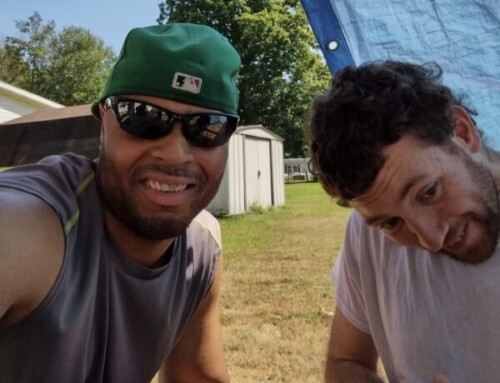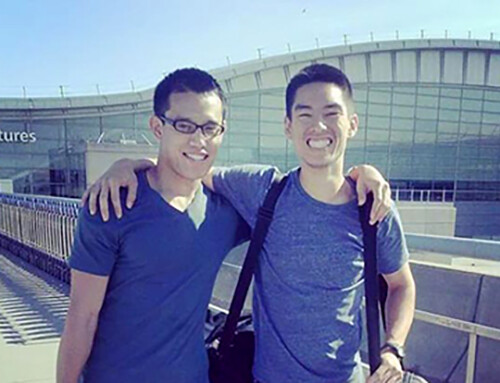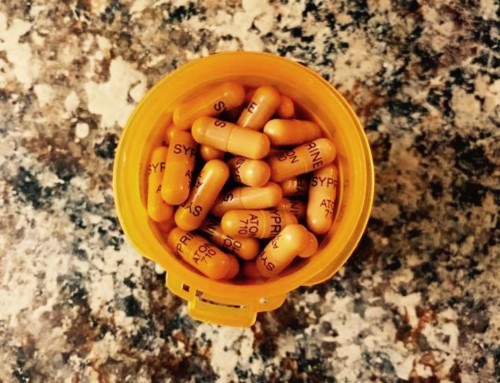I’ve read and reported on scientific studies for my entire career, and now I’m finally getting my chance to be a part of one. It’s a patient registry study for Wilson disease!
Medical studies yield the information doctors rely on to diagnose our diseases. They guide them towards a best course of treatment. If there is a potential new treatment, well-executed experiments evaluate its risks and whether it really works. So without carefully planned scientific studies, the practice of medicine would not advance safely.
And behind all those statistics are the people with the diseases. People who volunteer their time and share about their disease experience. Sometimes they even take personal risks in order to help others.
Registry studies: why we need them
In 2018, the Wilson Disease Association announced that our disease now has its own registry study. For someone like me, who has been living with the diagnosis of Wilson disease for more than 35 years, this was exciting news! While medicine has made progress in detecting it early – so that people can begin treatment before debilitating symptoms set in – far too often doctors fail to make the diagnosis in time, before Wilson’s effects become irreversible or even fatal. Findings from a registry study could help solve that devastating problem.
What is a patient registry study? It’s a systematic collection of as much data as possible from people who have a particular disease. That includes: signs and symptoms leading up to the diagnosis, how a diagnosis was made, which treatment they used, how well the treatment worked, what day-to-day life is like living with the disease.
Becoming a part of the WD registry study is easy. The announcement I read said to email Dr. Michelle Camarata at the Yale Wilson Disease Center of Excellence. She wrote back asking when I wanted to come, and I suggested July. She got back to me with a couple dates to choose from. I asked if I should bring copies of my medical records; she said that would be great.
What patients do in a registry study
On the morning of my appointment, Dr. Camarata led me to a large exam room. Since I’m so interested in Wilson’s that I’m writing a book about it, I had a lot of questions! I found out that she’s completing her fellowship training in hepatology and Wilson disease and will soon be working with Wilson’s patients in England. (Dr. Camarata now practices as a hepatologist at the Royal Surrey County Hospital, which is about an hour outside on London.) She told me this study may help answer an unsolved mystery: Why does our disease look so different in different people? Why do some have primarily liver, others neurological, and others psychiatric symptoms? So far, genetic mutations don’t explain it. The cause of the variations could be environmental, dietary, or some other factor.
Convincing people to volunteer for studies can be a challenge — but not this one. Dr. Camarata said she has enthusiastic volunteers. However, since our condition is so rare and each participant is so valuable, more are still needed. And by the end of 2019 the registry study should be up and running at the WD Centers not only at Yale but in Michigan, Florida, Texas, Washington, England, and Germany.
That’s excellent news, since registry studies can also help identify people who may be good candidates for other studies, like studies testing new drugs.
Three specialists collect data
After Dr. Camarata asked me the details about my health, both leading up to and after my Wilson’s diagnosis, she gave me a brief physical exam – listening to my heart and examining my abdomen near my liver. Then Dr. Michael Schilsky, who heads Yale’s WD Center stopped by to ask some additional questions.
Next, a neurologist came in. He set up an iPhone tripod to capture video of his part of the exam: asking me to make various movements ranging from smiling to drawing. Thank goodness I had just gotten a pedicure, because my feet were ready for their video moment when they needed me barefoot to test my balance!
The final specialist I met with was a psychologist. She tested my memory, asking me to remember 5 things that I’d be asked to repeat at varying times (I’m still wondering if I got them right!). The rest of the exam was yes-or-no questions about my thoughts and behaviors. From what I’m learning in research interviews for my book on Wilson’s, I believe this part of the study may provide the most important information about living with this disease. It will reveal the depth and extent of the disease’s psychological burden – an area where we need to know more.
You’ll need to give blood for this study. But those of us with Wilson’s are used to that. And this time we may be giving the genetic information that will help unlock a newborn screening test, and help with future gene therapy studies!
In total, my appointment for the registry study took about three hours.
Registry study commitment: 5 years
That left plenty of time for me to take the train from New Haven to Stamford to visit my high school BFF. Ironically, she’s in a study too, but hers is to compare three treatments for advanced ovarian cancer. Somehow we found ourselves laughing, if ruefully, at where we are 40 years after we met – me with a rare disease and her with a tough cancer to beat.
Before leaving, I told my friend that I’ll be returning to Yale once a year for 5 years for the study, so we have those visits to look forward to. “If I’m still here,” she said. I told her I had faith that she would be. That’s why we do these studies. It’s a chance to do something practical towards the hope that these diseases will become more and more treatable.




